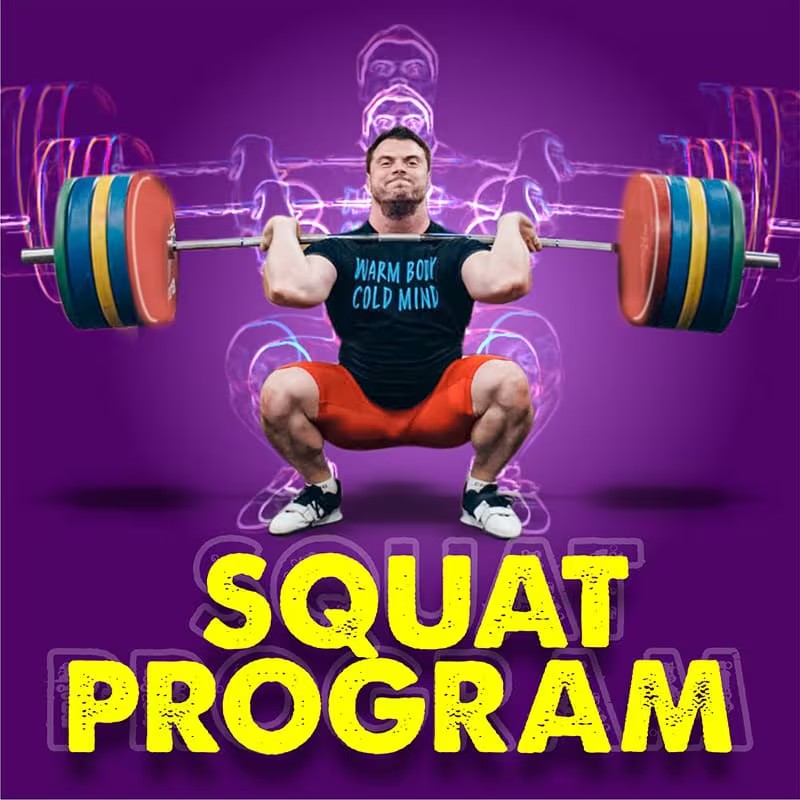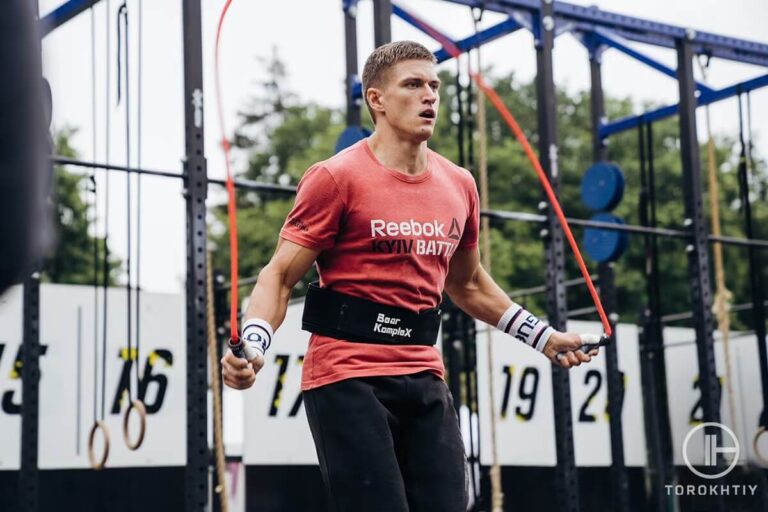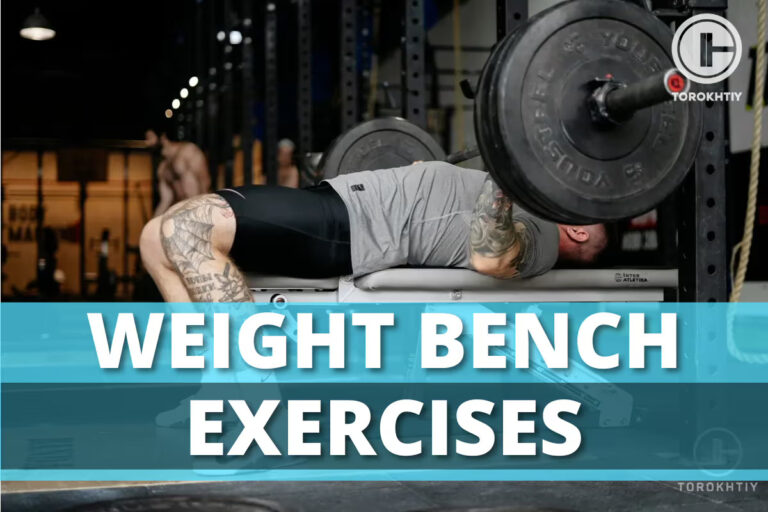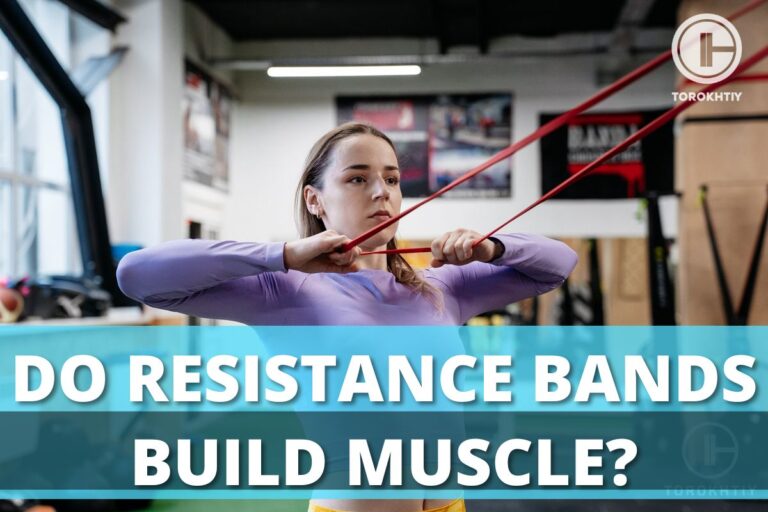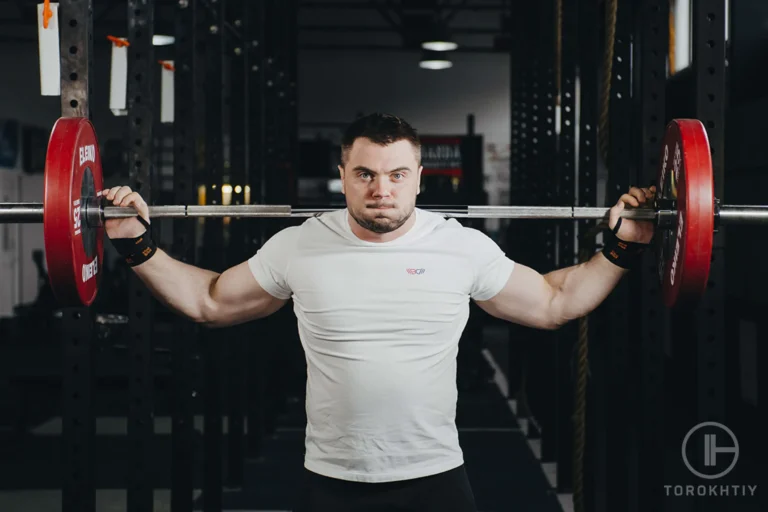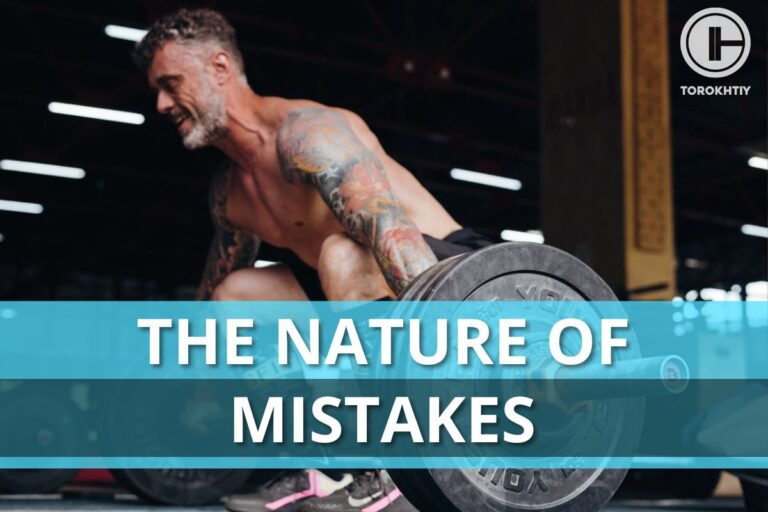6 Squat Mobility Exercises: Unlock Your Leg Day Potential
Squat mobility exercises should go alongside your leg days, as they help prepare your body to perform the compound squat movement. Squats are a popular exercise, especially since they mimic different activities of daily living, but knowing how to achieve your best squat and look after your body while doing so is key for best performance and comfortability.
So, what are squat mobility exercises?
Squat mobility exercises are a fundamental part of bettering your squat technique, helping you achieve correct form and potentially a deeper squat. Regularly completing mobility exercises for the hips, ankles, and hamstrings before squatting should improve your mobility and squat technique.
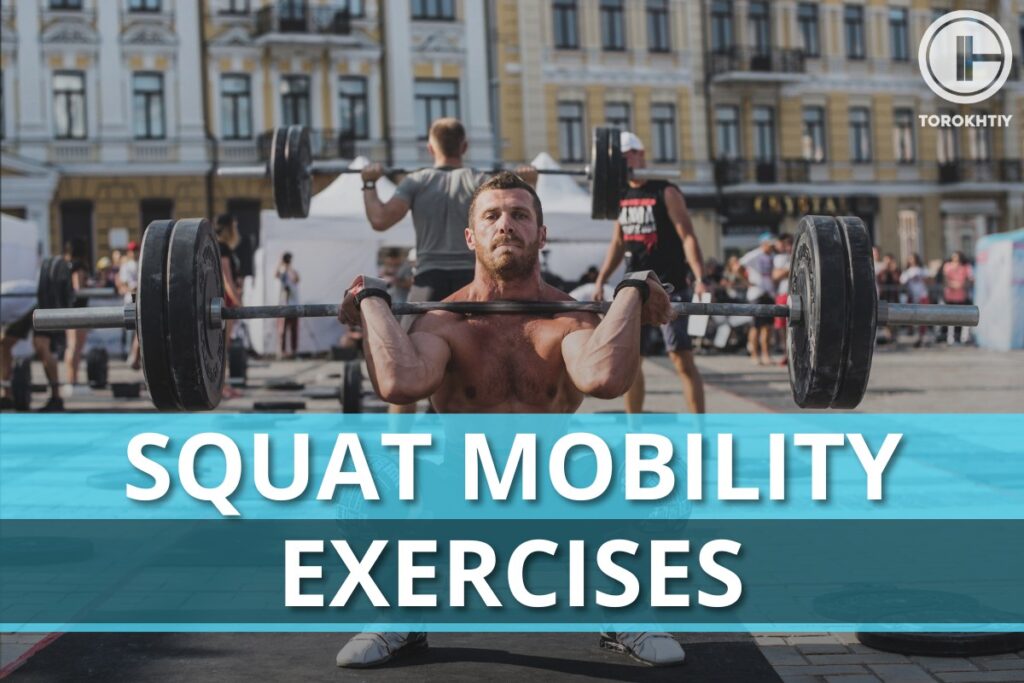
4 Ways To Improve Your Squat Technique
Squats are typically a large part of many gym-goers’ training programs, and it’s clear to see why. There are countless benefits to squatting, including the maintenance of ICA blood flow and potentially improved cognition for sedentary individuals. Knowing how to prepare your body for squats, however, is a different story. Mobility exercises for squats have the power to transform how squats feel and can lead to improved depth over time.
1. Correct Movement Pattern
Knowing how to correctly perform a squat is the first step to a successful lower body workout. Along with targeting lower areas of the body such as the glutes and hamstrings, our backs also play an important role when squatting. Having the correct movement pattern is vital for better performance and injury prevention.
To perform a squat, place your feet slightly wider than your hips and imagine your feet grabbing onto the floor, planting yourself in position. Brace through the trunk of your body, keeping your chest forward and core engaged. As you start lowering yourself down, make sure your knees are following the direction of your toes and aren’t rolling inwards. Your back should be kept straight throughout the movement, with your core braced to support the spine.
Take a deep inhale, bracing the trunk, and hold this breath until you have lowered into the squat and are pushing back up to a standing position. Exhale as you move back up through the squat, as though the breath is powering you through the final stages of the exercise.
2. Hip Mobility
Knowing how to improve squat mobility can be a game-changer for your lower body workouts, potentially helping improve your squat depth and better your overall form. The hips are a key area involved in squats and it’s vital to look after them! By increasing the range of motion of hip internal rotation, squat depth can be increased.
This can lead to improved targeting of specific muscles and the ability to carry more load during the exercise. Completing mobility drills for squats and working on hip flexors and hamstrings is a good place to start for improving overall squat mobility.
3. Ankle Mobility
Just like hip mobility has an important part in different variations of the squat, our ankles also have a big role to play. Studies have shown the range of motion of ankle dorsiflexion and knee flexion are significantly correlated with knee flexion and hip flexion. Having good mobility in the hips and ankles can lead to more successful squatting, allowing you to complete the movement correctly, and targeting the desired lower body muscles.
🔻12 Week Squat Program by Oleksiy Torokhtiy
Do you want to double your squat strength? In just 12 weeks, you’ll be able to boost your squat results.
This program transforms any ordinary squat into a powerful athletic movement.
What’s included:
- 12 weeks of squat programming;
- Effective combination of sets, reps, and weights;
- Fully designed and coached by Oleksiy Torokhtiy;
- Over 60+ movements, banded work, and weight training;
- Accessory work for core, joint stability and injury prevention;
- Max out on back squat and front squat at the end.
Start now and boost your squat results!
4. Breathing
Getting your body into the right position to squat is essential, but it’s also beneficial to focus on your breathing when executing the exercise. To help support the back when squatting, you need to engage your core.
By taking a deep, lower belly, lateral breath, you can brace your core and maintain strong abdominals as you lower down into the squat position. By releasing the breath on the concentric part of the exercise, you can maintain a strong core and use the breath to power you back up through the movement.
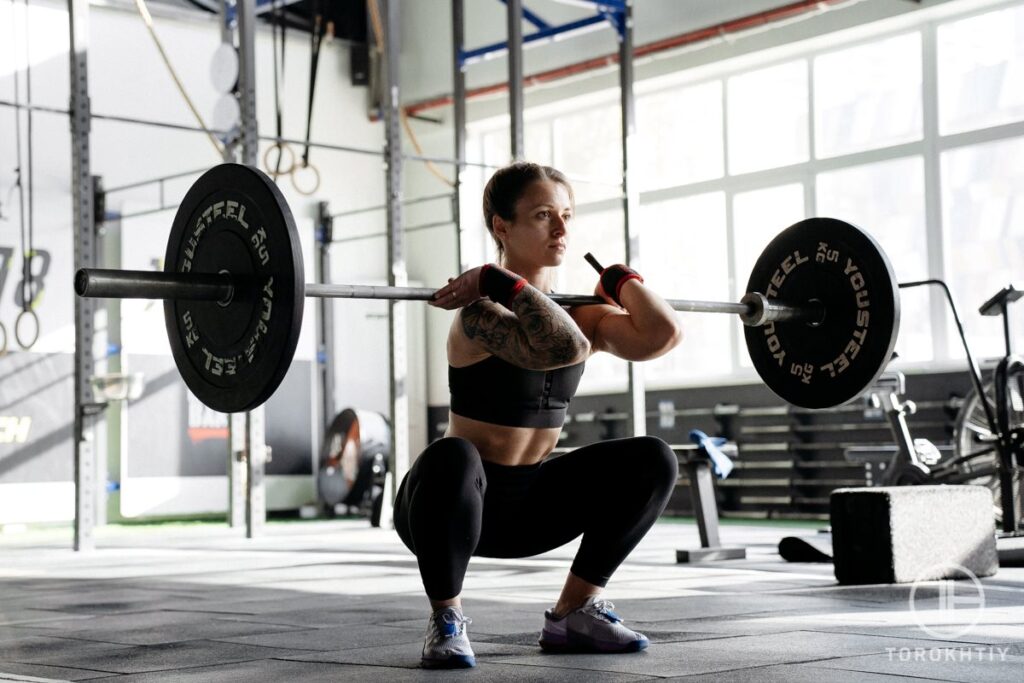
6 Exercises That Will Improve Your Squat Mobility
Achieving deep squat mobility can be tough, especially if you’re new to the gym or haven’t visited the rack in a while. Squat mobility exercises are a wise addition to your training plan if you’re looking to improve your range of motion, achieve correct form, and progress with your lifts.
1. Basic Hip Joint Mobilization
The butterfly stretch is a popular equipment-free stretch that can help open the hips, improving hip mobility over time. Begin by sitting on the floor in an upright position, letting your knees fall outwards, before placing the soles of your feet together.
Once in this position, slowly lean forward towards your feet and you should feel the stretch run through your hips. Hold this position for 20-30 seconds, repeating it 3 times with a short break in between each set.
2. Banded Hip Flexion Mobility
Resistance bands are versatile kit that help when warming up or activating the body before weightlifting. A banded pigeon pose can help open the hips, releasing tension, but it can be a difficult pose for beginners or those with tight hips and limited hip mobility. Take a long resistance band and attach it to a frame or something stable where it won’t move as you increase the band’s tension.
Step one leg into the band, placing it on the upper part of the thigh, before leaning forward and adopting a low lunge position. From here, cross the leg in the band underneath your body, leaning forward slightly so you can feel the stretch running through the hip flexors. Hold this position for around 20 seconds and repeat 3 times on each leg.
3. Hamstring Flossing With Band
Hamstring flossing refers to wrapping a band tightly around the leg, in this case, specifically around the hamstring and mid-quad area. Wrapping the band around the hamstring allows the muscle to be compressed, but it’s important not to wrap the band too tight as this may lead to temporary loss of feeling or tingling in the feet or legs.
Once the band is in position, you can pressure point targeted areas of the hamstring with a pressure ball, as well as perform dynamic and passive stretches. Completing stretches for squat mobility is a great way to improve hip ROM, but flossing can also help increase hamstring flexibility, likely leading to a deeper, better squat.
4. Ankle Dorsiflexion Mobility
Along with the hips and hamstrings, it’s important to also explore ankle dorsiflexion mobility, where movement in the ankle can be limited when bending the knee forward. Kneel on the ground, with one leg bent in front of your body and the other bent behind.
Lean your hips forward onto the front leg until you feel a stretch through the front of the ankle. Hold the pose for at least a couple of minutes, even gently rocking in the extended position before switching legs.
5. 90/90 PAILs and RAILs
PAILs and RAILs represent stretching to improve mobility, with 90/90 PAILs and RAILs being particularly useful for hip mobility. To perform the exercise, lower yourself to the floor, bending one leg in front of your body at 90° and the other bent behind at 90°, with your pelvis facing downwards toward the ground. Hinge at the hip and slowly move your upper body forward deeper into the pose, feeling the stretch deep in your hips.
Focus on engaging the hips and building tension where you are activating the hips through the stretch, going through the motion of contracting and relaxing for a few seconds at a time. If you find your front knee is rising off the floor, it can be useful to help support it with a folded towel or pad.
6. Sitting in Squat and Range Position During The Day
Getting your body used to moving in different ways is part of the fun of exercise. Whether you’re new to squatting or are experiencing some mobility issues, sitting in a squat and range position for just a few minutes during the day can be key to improving your hip mobility and lower body flexibility.
Practicing a bodyweight squat and getting comfortable in a deep squat position at home will lead to better familiarity with the movement, and will also highlight any tightness in your hips that squat mobility exercises can help with.
Tips From the Champ
When holding a squat position, it’s vital to remain balanced and stable. Minimizing the chance of your feet rolling inwards can help significantly with this. When finding your squat position, press your feet into the ground and hold them there until you’ve completed the movement and you should remain stable throughout.
Olympic Weightlifting Champion
A Sample Of A Daily Routine For Squat Depth Mobility
Creating a routine you can stick to is the first part of the battle when it comes to improving mobility for squats. Following a simple daily routine can lead to steady progress where your body feels more stable and mobile during a squat exercise. Try out the exercises below to help improve your squat depth mobility.
- Banded pigeon pose: 30 sec x 3 sets (per leg)
- Butterfly stretch: 30s x 3
- PAILs and RAILs: 5s tension, 5s relax x 5 (per leg)
- Banded bodyweight squat: 10 x 3
- Goblet squat hold: 15-30s x 3
The 12-week Torokhtiy Squat Program is the ultimate guide for perfecting squat form and technique, leading to a natural progression in performance. Learning how to use your body effectively when squatting is knowledge you can carry forward into the rest of your training, minimizing injury and maximizing your squat in just 12 weeks.
FAQ
Is Hip Mobility Important For Squats?
Hip mobility is essential when performing squats, with the hips being an important part of squat execution from stability to depth. When squatting, the hips need to be able to open as the body is lowered down into the movement, with the knees following the direction of the toes to ensure they don’t turn in, creating an unstable position for lifting.
How Do You Test Squat Mobility?
The Thomas Test can be used to indicate squat mobility. It entails either lying on the floor or a bench, bending the knee, and pulling it close to the chest with the opposite leg remaining in a neutral, flat position. If you are unable to bring your knee to your chest or your other leg can’t remain flat on the bench, it’s worth investing some time in your mobility.
How Can I Improve My Squat Mobility?
Enhancing your sessions with mobility exercises for squats can help improve your overall squat mobility. This will typically include introducing different types of stretches into your routine, along with specific exercises to target mobility and flexibility.
Conclusion
Incorporating squat mobility exercises into your training sessions is a great place to start if you’re looking to improve your squat performance and achieve better form. Squats are a popular exercise for those looking to strengthen the lower body, but knowing how to squat correctly and improve your body’s mobility are vital components to build before loading up with heavy weight.
Do you use any mobility exercises for squatting? If so, let us know which ones work for you in the comments!
Referenses:
- Luke Del Vecchio, Hays Daewoud, Shannon Green, “The health and performance benefits of the squat, deadlift, and bench press”, Medcraveonline, https://medcraveonline.com/MOJYPT/MOJYPT-03-00042.pdf (Accessed January 28 2024)
- Masahiro Horiuchi, Alexander Pomeroy, Yukari Horiuchi, Keeron Stone, Lee Stoner, “Effects of intermittent exercise during prolonged sitting on executive function, cerebrovascular, and psychological response: a randomized crossover trial”, Journal of Applied Physiology, https://journals.physiology.org/doi/full/10.1152/japplphysiol.00437.2023?utm_campaign=11.29.2023&utm_medium=PressRelease&utm_source=JAPPL (Accessed January 28 2024)
- Si-Hyun Kim, Oh-Yun Kwon, Kyue-Nam Park, In-Cheol Jeon, Jong-Hyuck, “Lower Extremity Strength and the Range of Motion in Relation to Squat Depth”, National Center for Biotechnology Information, https://www.ncbi.nlm.nih.gov/pmc/articles/PMC4415844/# (Accessed January 28 2024)
- Yasuhiro Endo, RPT, PhD, Masashi Miura, RPT, PhD, Masaaki Sakamoto, RPT, PhD, “The relationship between the deep squat movement and the hip, knee and ankle range of motion and muscle strength”, National Center for Biotechnology Information,
https://www.ncbi.nlm.nih.gov/pmc/articles/PMC7276781/# (Accessed January 28 2024) - Zachary Maust, ATC, Debbie Bradney, DPE, ATC, Sean M Collins, PhD, CSCS*D, Caroline Wesley, MS, ATC, Thomas G Bowman, PhD, ATC, “The Effects of Soft Tissue Flossing on Hamstring Range of Motion and Lower Extremity Power”, International Journal of Sports Physical Therapy, https://ijspt.scholasticahq.com/article/24144-the-effects-of-soft-tissue-flossing-on-hamstring-range-of-motion-and-lower-extremity-power (Accessed January 28 2024)
- D Harvey, “Assessment of the flexibility of elite athletes using the modified Thomas test”, National Center for Biotechnology Information,
https://www.ncbi.nlm.nih.gov/pmc/articles/PMC1756061/pdf/v032p00068.pdf (Accessed January 28 2024)
Why Trust Us?
With over 20 years in Olympic Weightlifting, our team does its best to provide the audience with ultimate support and meet the needs and requirements of advanced athletes and professional lifters, as well as people who strive to open new opportunities and develop their physical capabilities with us.
By trusting the recommendations of our certified experts in coaching, nutrition, dietology, and sports training programming, as well as scientific consultants, and physiotherapists, we provide you with thorough, well-considered, and scientifically proven content. All the information given in the articles concerning workout programming, separate exercises, and athletic performance, in general, is based on verified data. We ensure that you can rely on our professionals’ pieces of advice and recommendations that can be treated as personalized ones which will benefit you and fully meet your needs.
The product testing process is described in more detail here
Author: Sergii Putsov
Head of Sport Science, PhD
Best Results: Snatch – 165 kg,
C&J – 200 kg
Sergii Putsov, Ph.D., is a former professional weightlifter and National team member, achieving multiple medals in the 94 kg weight category at national competitions. With a Master’s degree in “Olympic & Professional Sport Training” and a Sport Science Ph.D. from the International Olympic Academy, Greece, Sergii now leads as the Head of Sport Science. He specializes in designing training programs, writing insightful blog articles, providing live commentary at international weightlifting events, and conducting educational seminars worldwide alongside Olympic weightlifting expert Oleksiy Torokhtiy.

